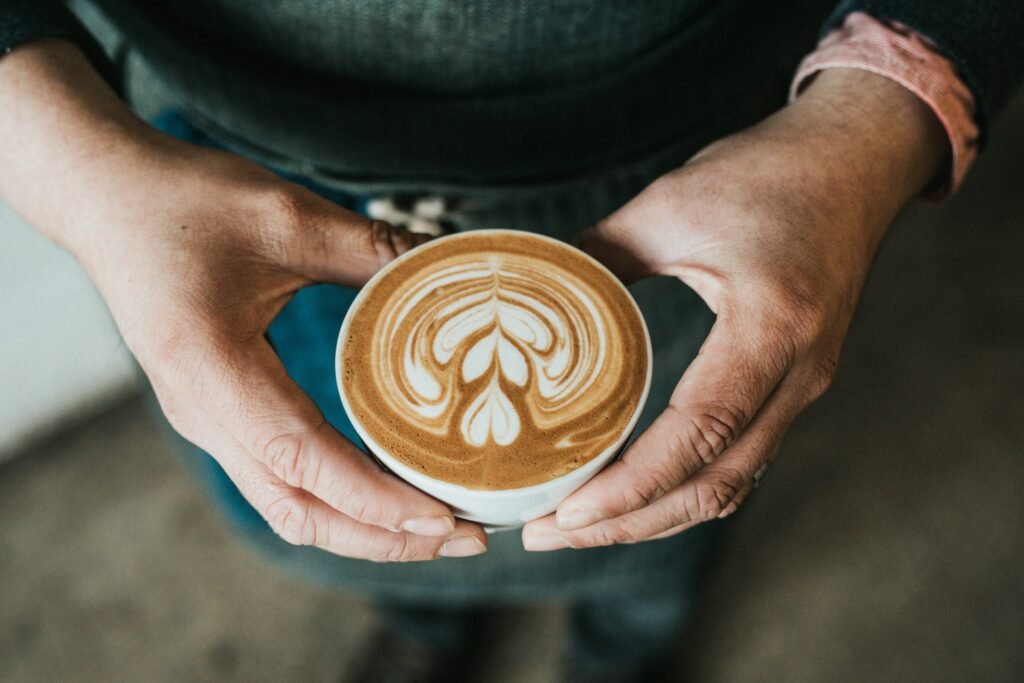Introduction: In this comprehensive guide, we delve into the world of watery like watery coffee nyt, exploring its effects, causes, and remedies.
Define the Health Topic
Watery coffee, also known as weak coffee, refers to a brew that lacks the robust flavor and strength typically associated with a well-made cup of coffee.
Relevance and Importance
For coffee enthusiasts, the quality of their daily brew is paramount. Understanding why coffee turns out watery can enhance the enjoyment of this beloved beverage.
Types and Categories
Watery coffee can occur in various settings, including home brewing, coffee shops, and restaurants.
Home Brewing
Factors such as grind size, brewing method, and water-to-coffee ratio contribute to the quality of homemade coffee.
Coffee Shops
Commercial coffee establishments face challenges in consistency due to high volume and varying skill levels of baristas.
Restaurants
In restaurants, watery coffee may result from improper maintenance of equipment or using low-quality beans.
Symptoms and Signs
Identifying watery coffee is straightforward, as it lacks the characteristic boldness and flavor intensity of a well-prepared cup.
Weak Flavor
The primary symptom of watery coffee is a lack of depth in flavor, often described as diluted or insipid.
Thin Texture
Instead of a rich and velvety mouthfeel, watery coffee can feel thin and watery on the palate.
Pale Color
Visually, watery coffee tends to be lighter in color compared to a properly brewed cup, indicating a lower concentration of coffee solids.
Causes and Risk Factors
Several factors can contribute to the production of watery coffee, ranging from brewing techniques to equipment quality.
Improper Grinding
Inadequate grinding, such as using a coarse grind, can lead to under-extraction and weak coffee.
Incorrect Water Temperature
Brewing with water that is too cold may not extract enough flavor from the coffee grounds, resulting in a weak brew.
Overdilution
Adding too much water to the brewed coffee can dilute its flavor, leading to a watery taste.
Diagnosis and Tests
Diagnosing watery coffee primarily relies on sensory evaluation, although certain brewing parameters can be measured.
Sensory Evaluation
Tasting and assessing the flavor, aroma, and texture of the coffee can indicate whether it is watery.
Extraction Yield Measurement
Measuring the extraction yield using a refractometer can quantify the concentration of coffee solubles in the brew.
Treatment Options
Addressing watery coffee involves adjusting various brewing parameters to achieve a more balanced and flavorful cup.
Adjusting Grind Size
Fine-tuning the grind size can help control the extraction rate and improve flavor intensity.
Modifying Brew Time
Extending or shortening the brew time can influence the strength and flavor profile of the coffee.
Experimenting with Ratios
Optimizing the ratio of coffee to water can ensure a well-balanced brew without compromising flavor.
Preventive Measures
Preventing watery coffee requires attention to detail in the brewing process and regular equipment maintenance.
Consistent Brewing Parameters
Maintaining consistent grind size, water temperature, and brew time is essential for producing flavorful coffee.
Equipment Maintenance
Regularly cleaning and descaling coffee equipment helps ensure optimal performance and flavor extraction.
Quality Ingredients
Using freshly roasted, high-quality coffee beans can significantly enhance the flavor and richness of the brew.
Personal Stories or Case Studies
Many coffee enthusiasts have experienced the disappointment of watery coffee and share their experiences and solutions online.
Sarah’s Brewing Mishap
Sarah recounts her experience of accidentally using a coarse grind, resulting in weak and watery coffee. After adjusting her brewing parameters, she successfully achieved a more satisfying brew.
Mark’s Coffee Shop Dilemma
Mark, a regular at his local coffee shop, noticed inconsistencies in the strength of his daily espresso. He approached the barista, who explained the importance of proper equipment maintenance and calibration for consistent results.
Expert Insights
Coffee experts provide valuable advice on troubleshooting watery coffee and optimizing brewing techniques.
Dr. Rodriguez, Coffee Scientist
Dr. Rodriguez emphasizes the significance of grind size and extraction parameters in coffee brewing. He recommends experimenting with different variables to achieve the desired strength and flavor.
Barista Tips from Maria
Maria, an experienced barista, shares her top tips for avoiding watery like watery coffee nyt, including adjusting grind size, using a scale for precise measurements, and practicing regular equipment maintenance.
Conclusion
In conclusion, watery like watery coffee nyt can result from various factors related to brewing technique, equipment, and ingredient quality. By understanding the causes and implementing appropriate adjustments, coffee lovers can enjoy a consistently flavorful cup every time.

